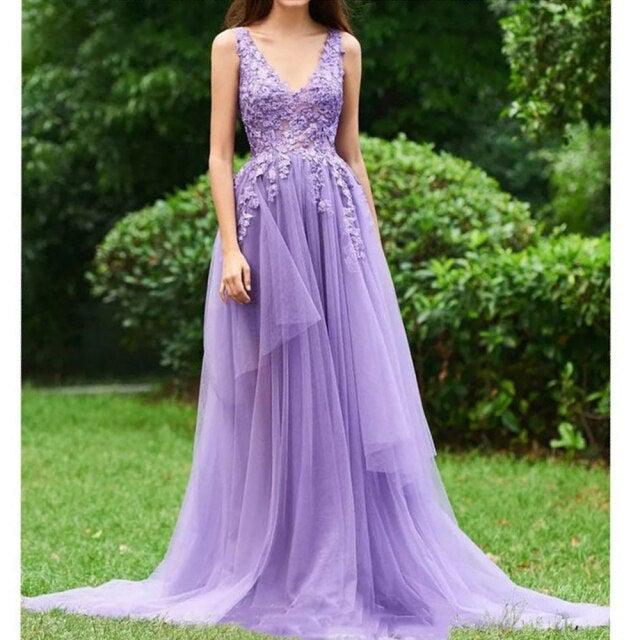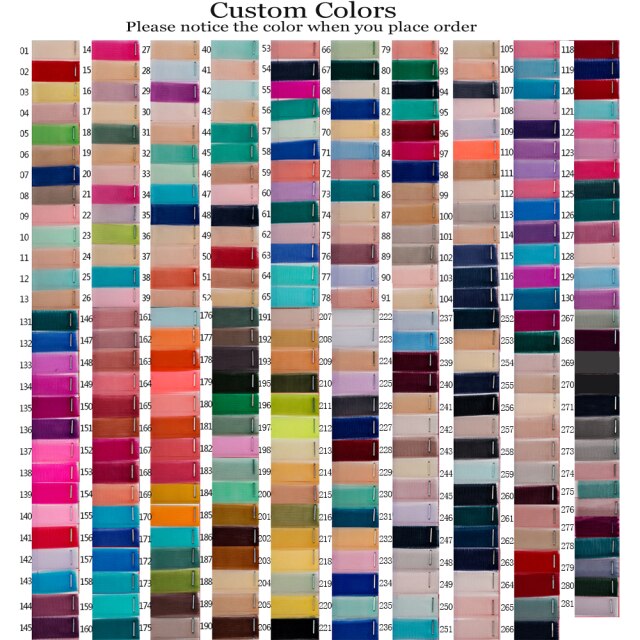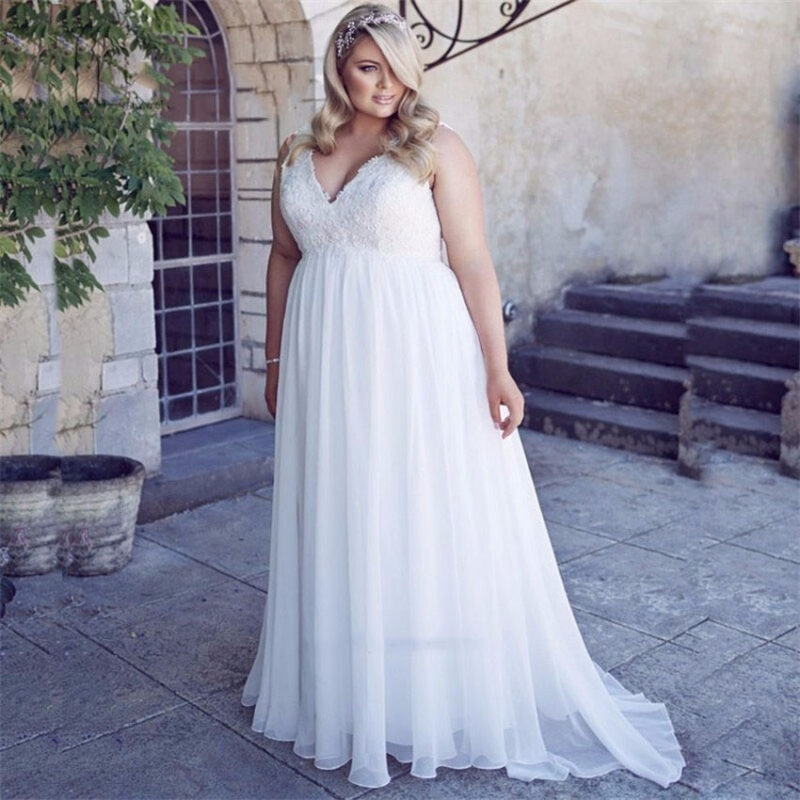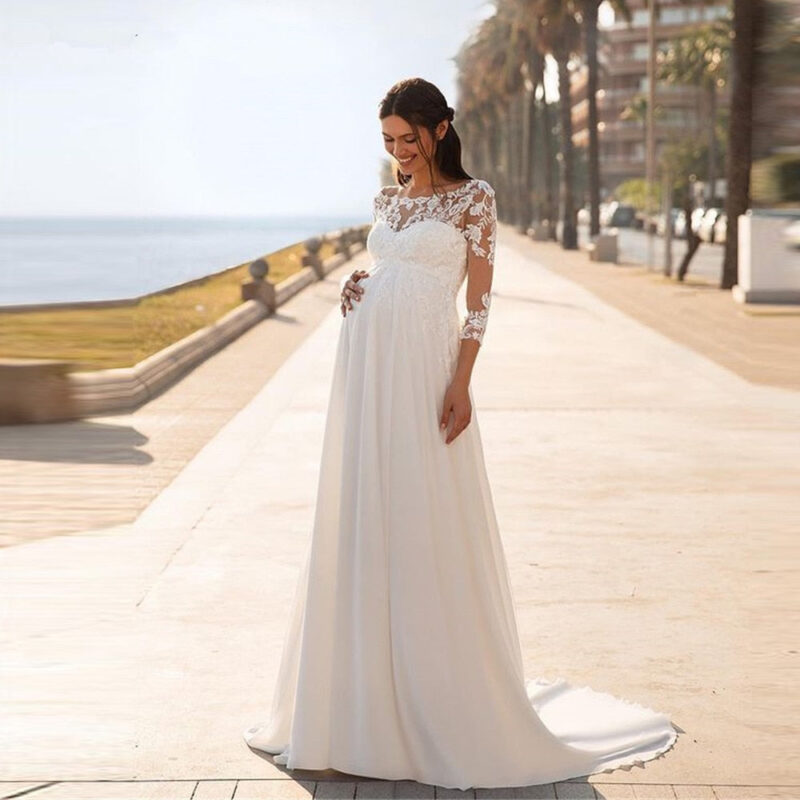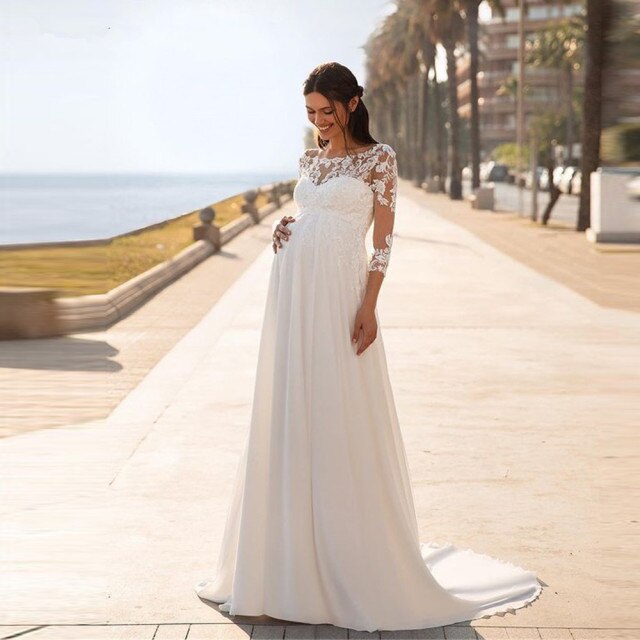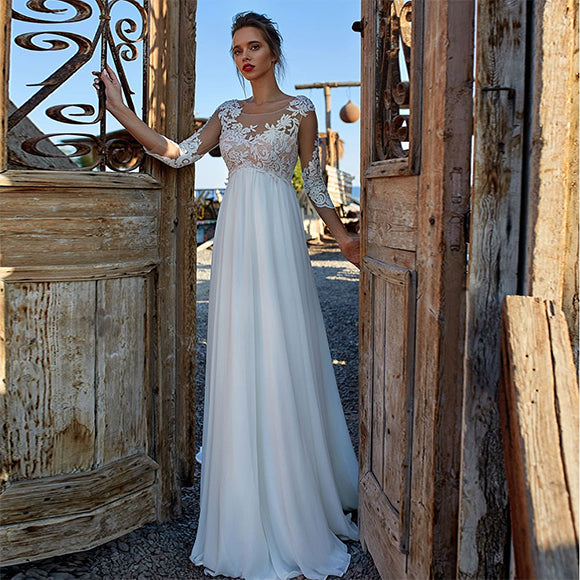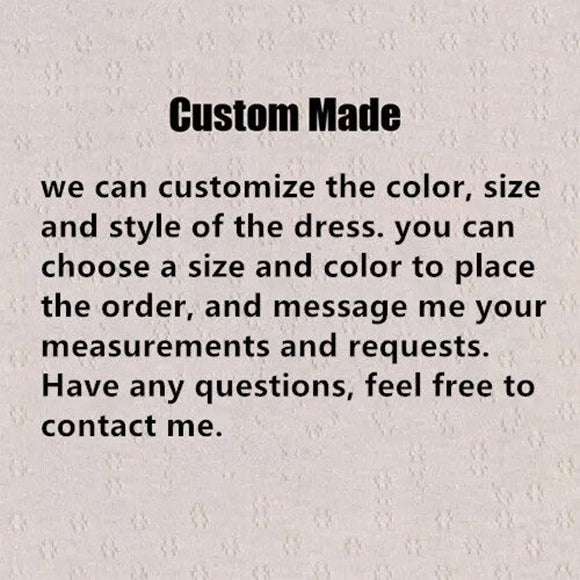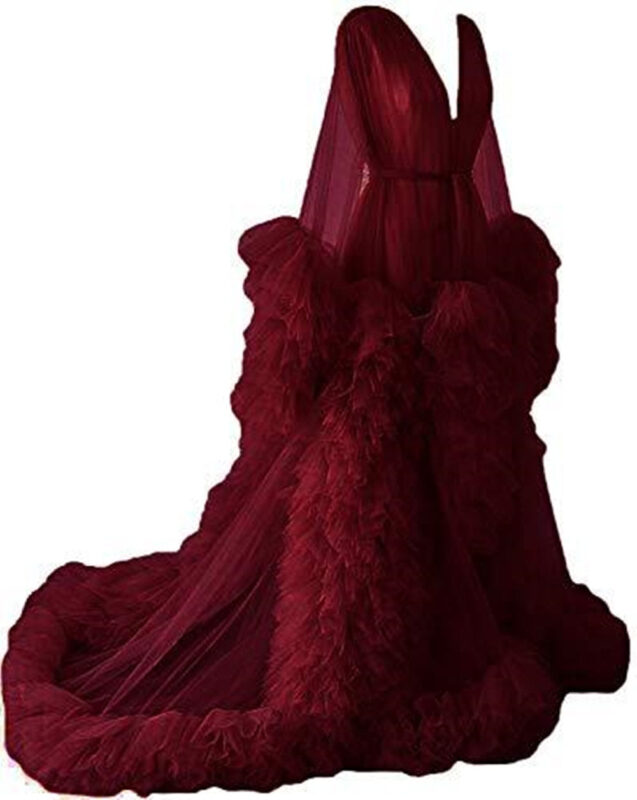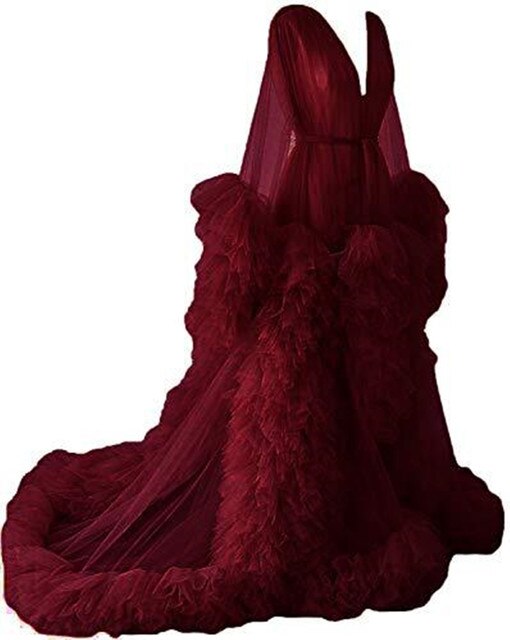
“Congratulations to proud new parents!”
May your baby be blessed with good health, love, and laughter. Now is the time to enjoy your baby’s little feet and baby smell.
The best is about being a parent is that you will never be your priority. You always think about your little one’s needs & wants. As you plan to bring your sweet infant home, you might be asking yourself: “What is it that a child truly needs in the principal weeks at home?” Some parents want all of those cool baby products and gadgets that can make life with the little one more convenient. But for minimalists, parents on a budget, or new parents who are a bit overwhelmed, it’s OK to stick to the basics.
All things considered, being ready with the accompanying things will help you through the primary long periods without making any somewhat late races to the store or online buys, and will guarantee that your child is agreeable, all around taken care of, and has all that they need.
WHAT DO YOU NEED FOR YOUR NEWBORN
If you’re looking to save money on baby essentials or just prefer a minimalist approach, here is a list of what you will need to care for your baby:
- Clothing & accessories
- Diapers & diaper bag
- Bedding & sleep necessities
- Bath items
- First aid tools
- Feeding supplies
- Gear & Furniture
CLOTHING & ACCESSORIES
Welcome to the world, little one. Now, let’s fall in love with your tiny toes and teeny-tiny newborn clothes. Soft, newborn skin deserves nothing but the most peaceful things. When seeking out the best baby clothes for your precious new bundle of joy, you’ll want to keep in mind that you’re looking for items that are comfortable, versatile, and stylish. Few things are more exciting than selecting your new baby’s wardrobe, but you want to make sure you’re choosing items that will last and keep your baby cozy. As you begin shopping for clothing, keep in mind that your little one is going to grow quicker than you expect. Get ahead of the game by purchasing baby clothes in both the zero to three months and three to six months sizes in case your infant grows out of their wardrobe before you predicted. Buying a larger size is always a good idea because babies grow quickly, and you can always roll up sleeves and pants if needed.
Stretchy jumpsuits that fasten at the front are best, as well as tops with envelope necks, which are easier to get over your baby’s head. Jumpsuits with zips can make dressing your baby quick and easy too. Clothes made from cotton are a good choice. Your baby doesn’t need anything fancy in those first few weeks, so sticking to simple, plain, budget-friendly clothing is fine. Baby clothes with cute accessories are okay, just be aware of features that could potentially be ripped off and become dangerous. Tug on any decorative features to make sure they’re securely attached before purchasing.
You need 5-8 onesies, or other soft outfits, depending on how often you want to do laundry, 5-7 pairs of baby socks & mittens,
1-2 newborn hats, depending on climate, newborns tend to wear bibs as babies spit up during breastfeeding and feeding in general. We recommend choosing a bib with fasteners on the side.

DIAPERS & DIAPER BAG
Two boxes of newborn-size diapers (it’s better not to buy too many in advance in case your baby is large or grows quickly), changing pad, baby ointment, or another barrier cream to prevent rash. Disposable wipes or a couple of dozen washcloths for cleaning the baby’s bottom.
When it comes to new babies there can be a lot of unfamiliar territories: learning how to properly swaddle, keeping track of how many wet diapers the baby has had, and what you need to pack in your diaper bag?! It can feel like you need to pack half your house before leaving with the baby, but we’re here to help give you some experienced guidance on this topic.
A diaper bag, as the name implies, can hold diapers for any sort of traveling the parents and the child will do. Depending on the baby’s age, on average you’ll be changing the baby’s diaper roughly every two hours, so having around 10-12 is a good amount. Of course, if you’re going to be gone for a long day, pack more! And besides diapers, of course, the diaper bag is also able to hold many other items as well. So it should not be overlooked. As for wipes, stick with one full package. Another outfit is always a must for your bag. From excessive spit-up, spills, and blowouts, you never know when a baby might need a change of clothes.

BEDDING & SLEEP NECESSITIES
Turning into a parent is energizing, exciting, and sometimes complex. You could feel like the most joyful individual on earth when you become the parent of a charming little child, however, a few things might leave you perplexed. For example, choosing the ideal bedding for your child might be a befuddling task – yet that is only the start. Whatever bed you choose for your newborn (crib, cradle, bassinet, co-sleeper), it is recommended by the American Academy of Pediatrics that your baby sleep in the same room with you for the first 6-12 months of life.
The crib bedding you want for an infant incorporates a mattress, mattress pad, mattress cover, and crib sheets. You may choose to purchase a baby quilt, a baby blanket, sleep sacks, bumpers, toys, or a baby monitor, yet these things are discretionary to have and ought not to be left in the bassinet.
An infant invests the greater part of its energy resting (around 17-18 hours every day, as indicated by a recent report). To keep your child cheerful, solid, and agreeable, the child’s resting space should be reasonable for them, and bedding is important to make a crib appropriate.

BATH ITEMS
One of the earliest tasks that might give you pause is your baby’s first bath.With the right items by your side, bath time with the baby can be a fun bonding routine. Here are the must-have baby bath supplies to keep your little one safe and comfy while you get it cleaned up:
Baby bathtub: A newborn bathtub should be sturdy with some sort of backrest or support to prevent the baby from slipping down into the water.
Bath thermometer (optional): The bath water should be roughly 100°F and no warmer than 120°F to prevent burns.¹ If you’re feeling the temperature with your hands, it’ll be warmer than lukewarm but likely cooler than the baths and showers you take.
Baby soap/ shampoo or mild bath wash: just use these products sparingly to avoid irritation and drying out your baby’s delicate skin.
Rinsing cup: You’ll also need a rinsing cup: You can buy a product for this specific purpose or just use a small plastic cup or bowl from your kitchen.
Bath toys(optional): bath toys can make the experience more fun. Since the baby won’t be immersed in water, simple tactile toys like rattles, teething rings, and the occasional rubber duckie work best.
Soft hooded baby towels: This soft, snuggly bath essential helps keep your little one warm during the transition from the tub to the changing table.
Soft washcloths: They come in handy when cleaning a baby’s body in the bath, rinsing them off, and drying them afterward.

FIRST AID TOOLS
Being a parent is often a bit like a rollercoaster ride. It can be daunting, exciting, and frightening all at the same time.
We know how important it is for every family to have a first aid kit on hand, but we also know it can be a little overwhelming figuring out what exactly should go into one. This is why we’ve taken care of it all for you!
Here are the basic items you’ll want to stock in the kit to provide immediate care if your baby has a fever, gets a splinter, or needs to take some medicine:
Rectal thermometer, Infant acetaminophen, nail clippers, petroleum jelly, saline spray, nasal aspirator, gas drops, tweezers, medicine dropper, alcohol wipes. If your little one is prone to allergies, it may also be worthwhile to have some allergy medicine.
Talk to your pediatrician about what other medications you should have on hand and how to safely give them to your baby.
TIP: Keep your baby’s first aid kit accessible so that it’s easy to find for you as well as other caretakers. Check your kit every few months to make sure you’re stocked up on the essentials and to make sure that nothing has expired.

FEEDING SUPPLIES
The first few months with a new baby can seem like a blur of constant feeding, burping, changing, settling your baby, and repeating. Some days, you don’t even manage to take a shower until lunchtime and you often forget what day of the week it is. Whether you’re breastfeeding, bottle feeding, or combination feeding, having the right feeding equipment there when you need it can make life a whole lot easier.
Breastfeeding moms don’t need much, but you’ll want a few useful tools like nursing pads and nipple cream—and a breast pump in case you need to pump for your newborn.
You will also need a lot of burp cloths.
If you want to give a bottle-feeding then you must have 5-6 bottles to avoid frequent washing, Infant formula, Feeding nipples, a Bottle and nipple brush for cleaning, an Insulated bottle carry bag for traveling, Sterilizing equipment – a large plastic or glass container for chemical sterilization, or an electric or microwave steam sterilizing unit, or just a large saucepan for boiling. A feeding cushion comes in very handy whilst feeding, regardless of whether you’ve chosen to breast or bottle-feed. Feeding your baby can take anywhere from 10-40 minutes, so both of you must be comfortable.

GEAR & FURNITURE
Be warned before you go into any baby store in a highly pregnant state … there are hundreds of baby items and your nesting emotions will try to convince you that you need to buy them all.
Don’t get sucked in!
When it comes right down to it, a baby doesn’t need a lot (except their mama!). Here are some of your favorite basics that every baby needs:
Baby monitor: A baby monitor can bring you peace of mind by allowing you to keep an eye—or just an ear—on your sleeping infant.
Nightlight or lamp:
Clothes hamper:
Humidifier:
Dresser: You will need a few drawers to store the baby’s clothes and toys.
Infant seat: A “bouncy” seat or swing is great! It gives you a safe place to put your baby while you do things for yourself.
High chair: You will use it when the baby is 4 to 6 months old.
Baby sling or pouch: These come in handy when you need to have your hands free to get things done around the house, but still carry your baby.
Rocking chair or glider: Although not essential, it’s nice to have when feeding a baby. Pick out one that has padded arms for extra support and comfort. A footrest adds additional comfort, especially if breastfeeding.
Infant car seat: This can also be used as a baby carrier. You can find stroller frames that the infant car seat can snap into so that you don’t have to carry the car seat, which can get heavy, at all times. If you decide to get a stroller that your infant car seat can snap into, make sure you get one that fits your infant carrier. You can also use a car seat base in the car so that you can easily and safely snap in the car seat.

SIGNIFICANT TIP:
Start with the basics — like a crib, diapers, Cleansing Wipes, and Gentle Cleansing Gel — then go from there. With these favorite newborn products, you’ll have everything you need to be fully prepared for your little one’s arrival!


